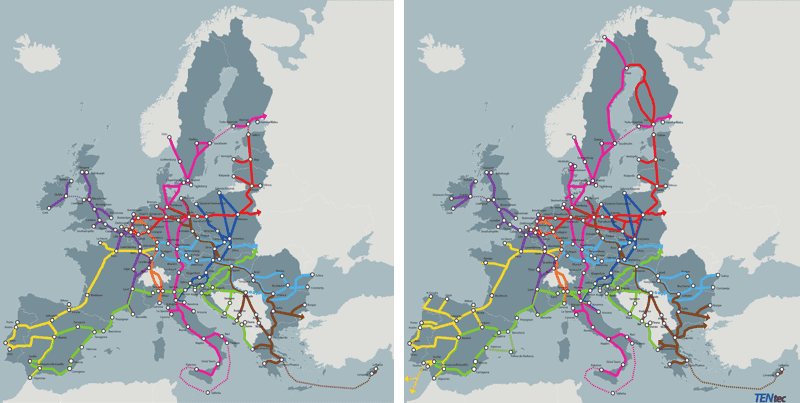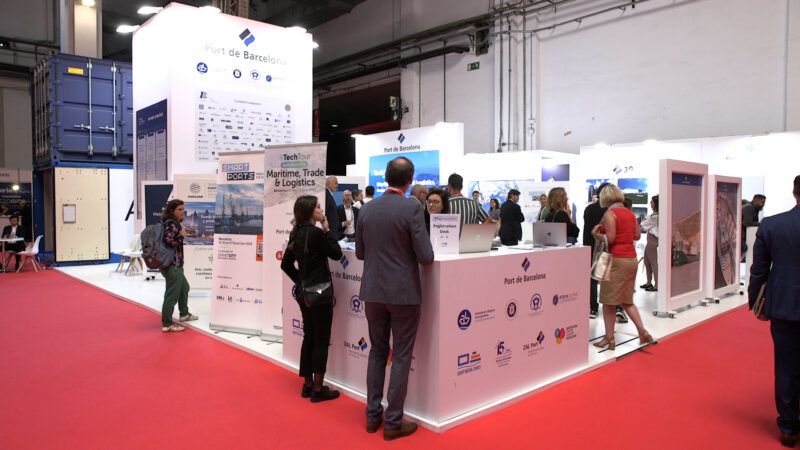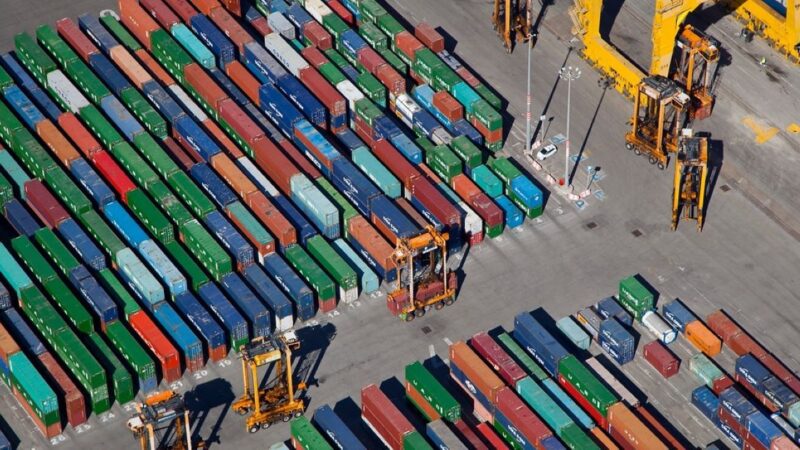The budget earmarked to the trans-European transport network envisages three different sources of financing: the general framework, which all countries can draw from; a contribution from the Cohesion Funds, which is only for countries that can receive these funds; and, as a new feature of this proposal, a significant budgetary item worth 6.5 billion euros from the Defence Cluster to support military mobility.
In the presentations by the INEA and the European Commission so far, the destination of this last budgetary item has not yet been clearly defined. There is talk of infrastructures which will be used for civilian purposes 99% of the time, but which must be adapted to military mobility, in terms of their gauge, for example. The proposal is based on the Action Plan on Military Mobility adopted by the Commission in March 2018, and apparently each Member States can define its own priorities in this area.
Sixty percent of the budget from the general framework will be earmarked to developing the network, primarily in terms of infrastructure, while the remaining 40% will be allocated to modernising the existing network through the deployment of information systems (SESAR, RIS, etc.), digitalisation, improvements in security, etc. A line item on Maritime Motorways is also expected to be included in this 40%.
Within the budgetary items devoted to developing the network, 75% of the financing will be spent on the 9 Core Network Corridors, 10% to other parts of the core network and 15 % to the overall network.
As a general rule, the co-financing ratio of the projects submitted should not exceed 30% of the eligible costs. This co-financing could increase to 50% for cross-border connections and contributions from the Cohesion Funds, and up to 85% for cross-border actions.
The annexe of the same proposals modifies the definition of trans-European networks with a new proposal that includes new stretches of this network.
 The European Union will allocate new fundings to the trans-European transport network. [Image of Suganth]
The European Union will allocate new fundings to the trans-European transport network. [Image of Suganth]
 The European Union will allocate new fundings to the trans-European transport network. [Image of Suganth]
The European Union will allocate new fundings to the trans-European transport network. [Image of Suganth]







